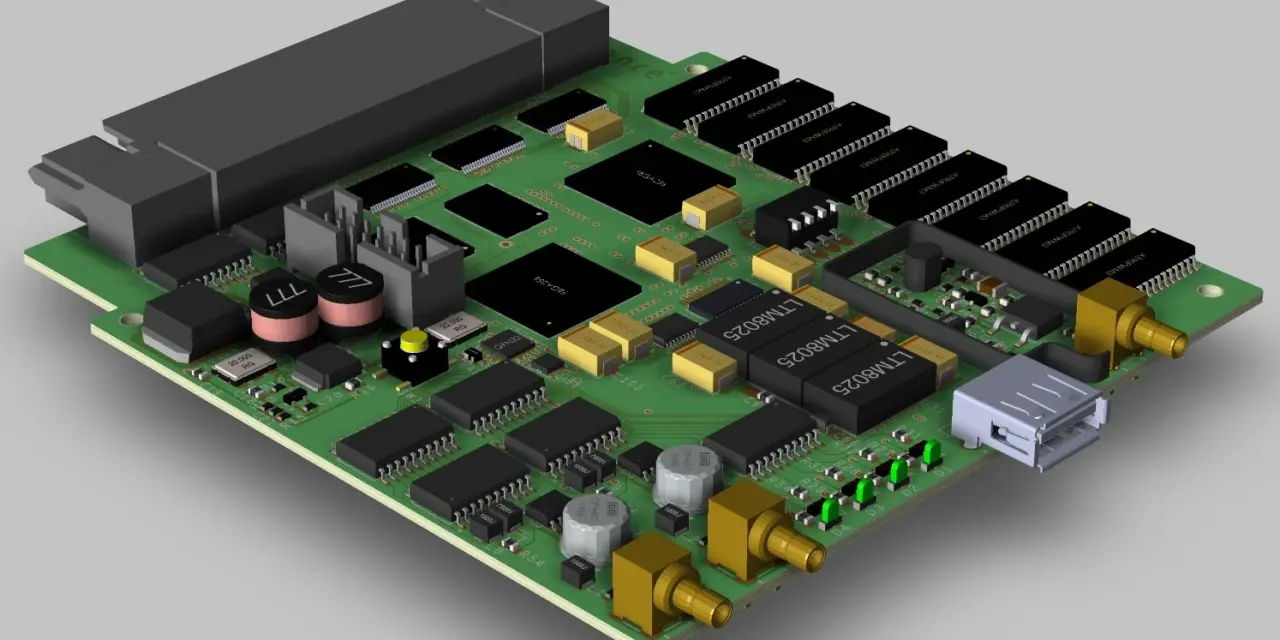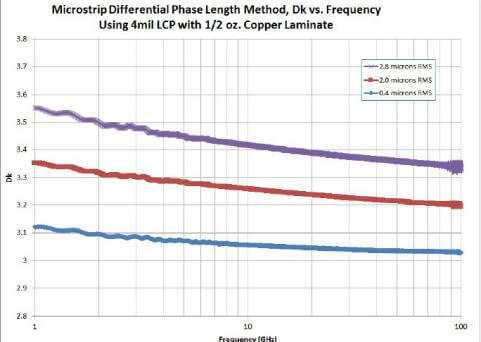Electrical performance consistency is critical for producing high-volume printed circuit boards (PCBs). As PCB applications move to higher frequencies, such as fifth-generation (5G) cellular wireless networks at millimeter-wave frequencies and 77 GHz automotive radar, any inconsistencies on the PCB become very noticeable, especially when the circuits operate at shorter wavelengths of millimeter-wave frequencies. There will always be...
HomeAuthor
kkpcba-Cindy - KKPCB - Page 40 of 73
1. Definition of PCB high frequency board High-frequency boards refer to special circuit boards with higher electromagnetic frequencies. They are used in high-frequency (frequency greater than 300MHz or wavelength less than 1 meter) and microwave (frequency greater than 3GHZ or wavelength less than 0.1 meter) PCBs. They are produced on microwave-based copper-clad boards using some of the...
The electronics industry has undergone many changes over the past few years. Nowadays, millimeter wave radar and millimeter wave communication frequently appear in our sight. In particular, Huawei has made remarkable achievements in 5G, and millimeter wave technology has been put on the table. Why does millimeter wave technology play such a key role in 5G and smart cars?...
As complexity and density increase, the long-term reliability of RF/microwave circuit components becomes more difficult to characterize. Printed circuit boards (PCBs) contain many active and passive components whose performance changes over time and over operating ambient temperature. In addition, the substrate materials of the PCB, such as the dielectric, copper foil conductors, solder mask, and final plating,...
There are some things in life that seem to set the standard for whatever area that you are currently involved in. Some will always compare baseball players to Jackie Robinson, while others will say that nobody could carry a tune the way that Elvis did. For me, I tend to equate the standard printed circuit...
Copper foils, for the wide range of Rogers’ high frequency circuit substrates, are designed to provide optimum performance in high reliability applications. There are various types of copper foil are offered; in a range of weights (thicknesses). Their characteristics differ, and an understanding of these differences is important to ensure the correct selection of copper...
MATERIAL DESCRIPTION: RO3003, RO3003G2, RO3006 and RO3010 copper clad laminates are filled PTFE composites offering excellent thermal reliability and electrical performance over a range of dielectric constants. RO3000 series materials provide the homogeneity of properties that are expected of unreinforced materials. RO3203, RO3206, and RO3210 copper clad laminates are woven glass reinforced versions that provide...
These guidelines were developed to provide fabricators basic information on processing double-sided and multi-layered printed wiring boards (PWB’s) using RO4003C, RO4350B and RO4835 laminates. Please refer to RO4400 bondply processing guidelines for additional information on inner-layer preparation and multi-layer bonding. Storage: Fully clad RO4003C, RO4350B and RO4835 laminates should be stored at room temperature (between...
Material Description: Copper clad, glass reinforced, ceramic filled hydrocarbon resin composite material Storage: Ambient INNER LAYER PREPARATION Tooling: Compatible with most round and slotted pinning systems. Surface Preparation for Photoresist Applications: Process as-is or uses chemical or mechanical preparation depending upon core thickness. Photoresist Applications: Standard film and liquid resists & procedures DES Processing: Standard...
Rogers High Frequency Circuit Boards, Frequently, designers are concerned about temperature rise of the conductor traces on devices built in microstrip or stripline configurations on RT/duroid microwave material. The question arises when there are high bias line currents, but the bias line needs to be as narrow as possible to keep its characteristic impedance high. It...










